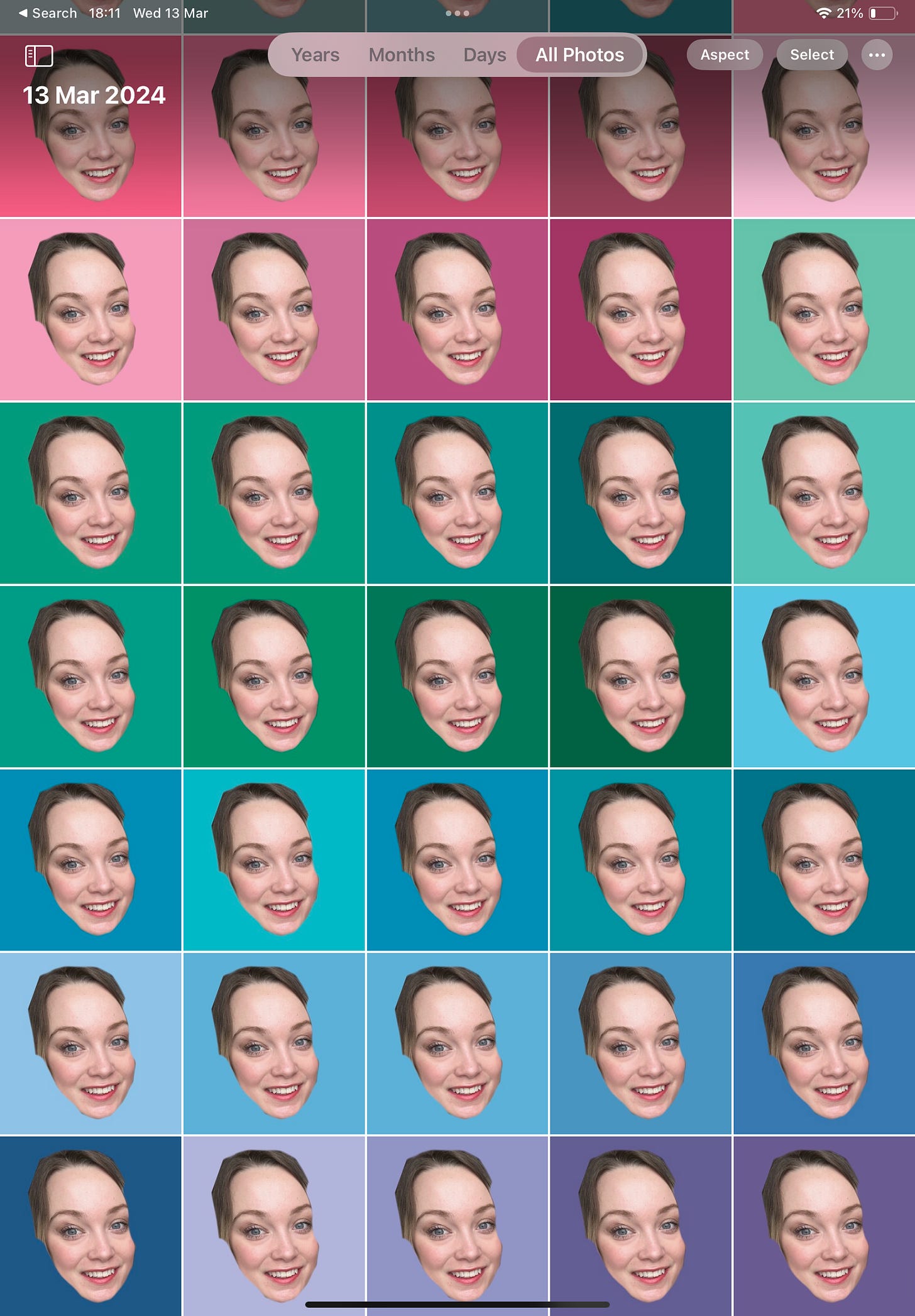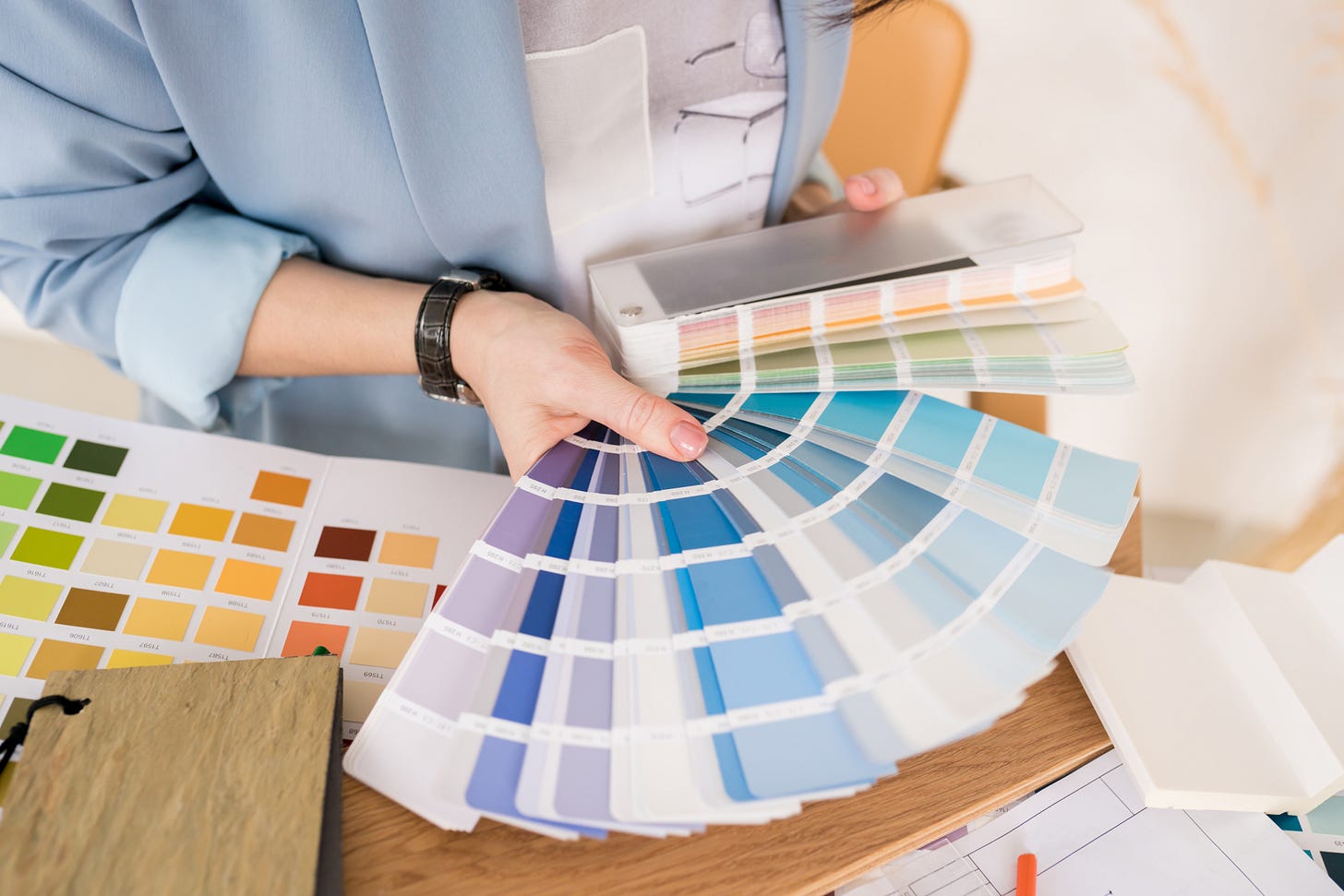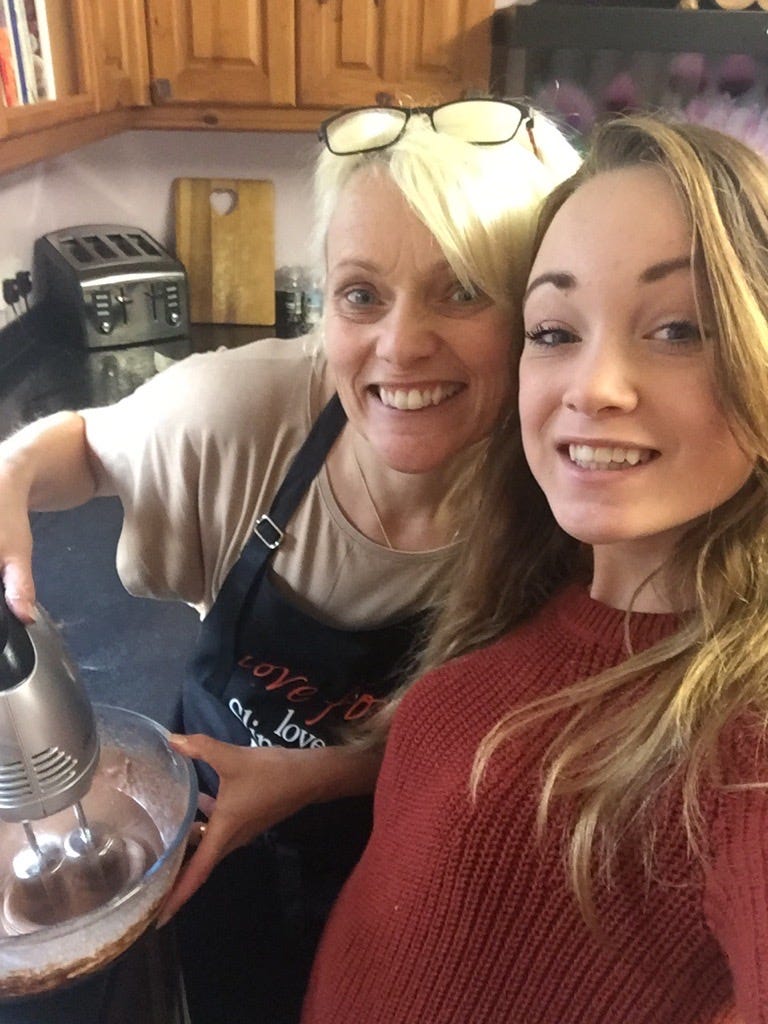📚🎨 10 Colour Analysis Rules from the 1980s Book "Colour Me Beautiful" | members newsletter
Workshop resources: zoom link, recording, worksheets | In preparation for next week's book club, I have collected some of my favourite quotes from Carole Jackson's Colour Me Beautiful to share
A little about Style Scholars…
If you are receiving today’s newsletter in your inbox, you have signed up to Style Scholars via either Substack or Circle. If you would like access to the paid features of the community, such as the link to our regular weekly livestream, feel free to upgrade using the button below :)
In today’s members newsletter…
10 Colour Analysis Rules from Colour Me Beautiful
Your 9 Essential Pieces | Workshop | Wednesday 20th March | Recording
Your 9 Essential Pieces | Workshop | Worksheet
OOTW challenge | create a look for your three words
Colour Me Beautiful by Carole Jackson | Book Club | Zoom Link
Colour Me Beautiful by Carole Jackson | Book Club | Worksheet
10 tidbits of colour analysis wisdom from the book that started it all
Colour Me Beautiful was the 1980s book which is often credited with starting the colour analysis craze of the era. In it, Carole Jackson identifies four colour categories: spring, summer, autumn and winter, as well as key style personalities including Dramatic, Natural, Gamin, Ingenue, Romantic and Classic. These are my key takeaways from the book which I see as the foundation of colour analysis today.
1. Your best colours are found in nature
Jackson explains how autumns pull from October leaves, springs are like the first daffodil, winters are icy like a glittering snowflake and summers are the soft colours of the sea and the sky in June. She says “Nature is the most brilliant designer of all, and the secret is in her seasons” (p25). Although this is intuitive, it’s easy to forget that this is the inspiration for the seasons. I encourage you to go outside and see which colours are more present throughout the year, and why.
2. You might be wearing the wrong colours because of your mother
After chatting with my Style Scholars members on Wednesdays, it’s interesting how often mothers come up in our sense of self. Whether you are trying to impress your mum, get her approval, or you simply admire her sense of style and have attempted over the years to emulate it, many of us have been influenced by what our mothers wore when we were younger. Jackson discusses one model in the book, Marnie, who spent her childhood in Autumn colours because her mother was an autumn (p23). I similarly spent most of my teens in tan and camel because of my mum’s warm tones and incredible personal style. Like Marnie, when I realised I was a summer something clicked into place - I can wear different colours and look just as fabulous as my mum
3. You may look completely different, but suit the same colours
Jackson compares two winters, one a black woman, one white. They have different skin tones, but shine in the same colours. It is an important reminder that just because you don’t look like a celebrity that has been typed as a summer, it doesn’t mean you yourself are not a summer. I frequently get comments such as “you can’t be a true summer, because I have darker hair and I’m a true summer” - summers, like all the seasons, have a huge range of what they can look like.
4. Buying clothes from only your colour season will create a more cohesive wardrobe
Jackson acknowledges that you might want to go out of your season, but when you shop “helter-skelter” (p38), you end up with a wardrobe full of clothes but nothing to wear. Once you start buying from your season exclusively you will find everything comes together more easily
5. You will intuitively know whether you are better in cool or warm colours
This interested me, because my experience is that, in the face of colour seasons, most of us are completely flummoxed. However, I know what she means; you might be out of tune with your intuition, bombarded with thoughts of what should work or what you want to work, but underneath there is a part of you that could see and knows (p42).
6. Find your undertone through your wrist and your palms
Don’t panic, I’m not going to tell you to look at your veins. Carole notes how our skin is quite thin at the wrist, meaning our undertones are more notable. She suggests taking a piece of white paper and comparing the colours you see (p45). The white will act as a blank slate to bring out your own colouring
7. You absolutely can do DIY draping
Carole suggests you use a solid scarf, blouse, sheer towel or even paper to compare different colours (p56). Contrary to many analysts you see on social media (who may have their own reasons for telling you cannot do this at home), Carole Jackson is more than happy for you to have a go at testing colours on your own

8. Your job is not to judge the colour
Carole rightfully points out that your job when testing draping is not to think about which colours you like. Your focus should not even be on the colour at all, but on your face. Her phrasing is to see “its effectiveness in revealing skin tone” (p57), in other words, for making your own features more visible and prominent
9. Your colours are only useful when paired with style personality
Jackson tells the story of one client who first comes to session in a delicate, dainty outfit which suits her perfectly in all ways but colour. In the next session, she appears in an Indian-style dress which is bold and wild and has all the colours of her spring palette, and feels completely wrong (p61). You do not need to change every element of your personal style when you discover your colours!
10. Not every colour in your palette will be perfect for you
This was perhaps the insight which fascinated me most of all. Carole explains how for some, the brightest and darkest, or perhaps the lightest and softest, colours in your palette might not be the best fit for you - even though they are in your palette. Carole frames the colour season palette just how I think of it - it’s a palette, it’s not a guide to your absolute, perfect colours. The colours at the centre are possibly best for you, and should be worn near your face, and the others are complementary to be worn in accessories, your bottoms and outerwear. She also acknowledges that as we age and suntan, different colours in our palette might come to the forefront.
Keep reading with a 7-day free trial
Subscribe to Style Scholars to keep reading this post and get 7 days of free access to the full post archives.



